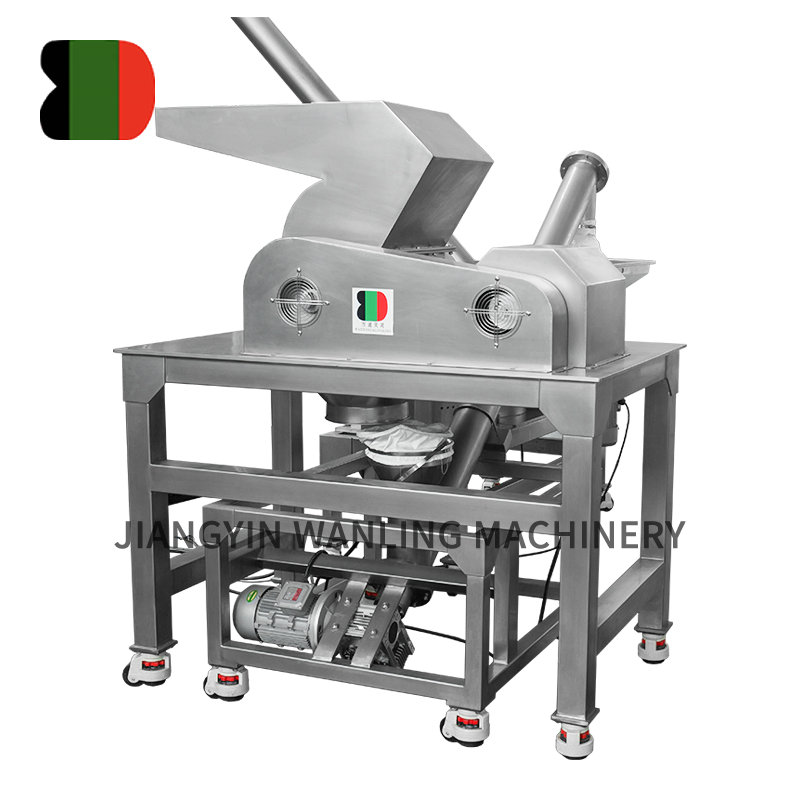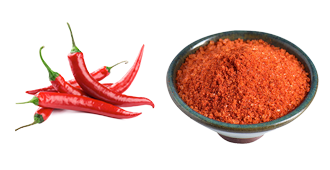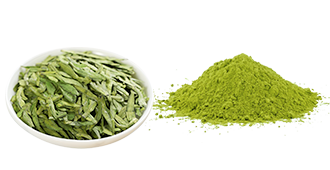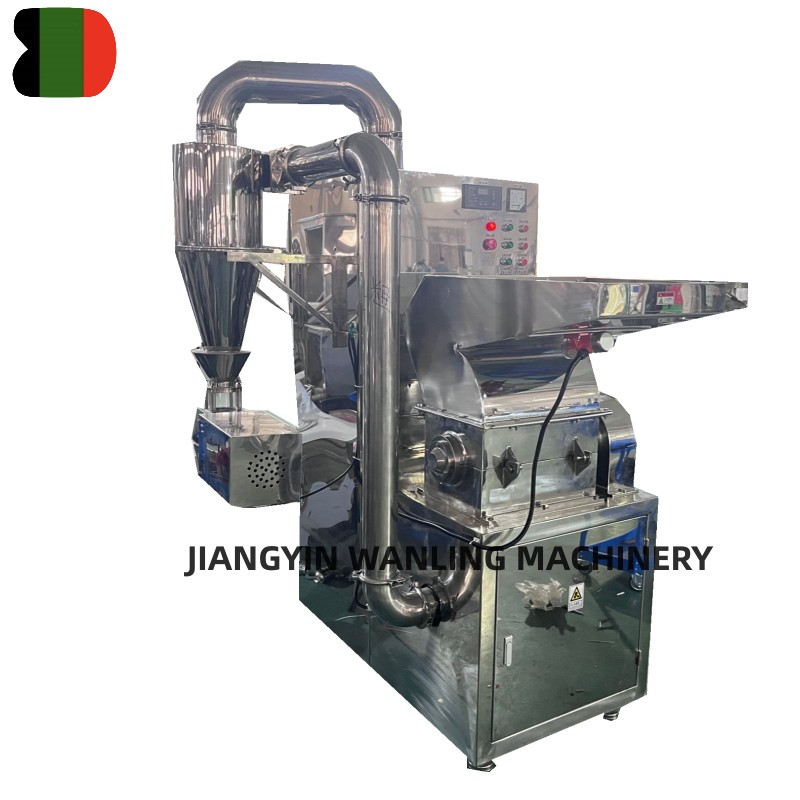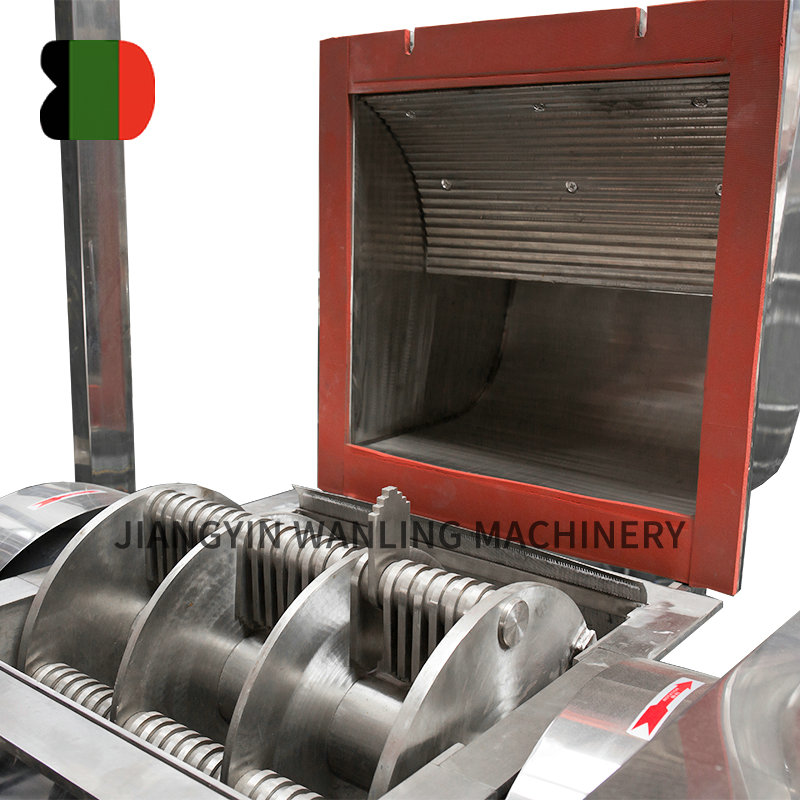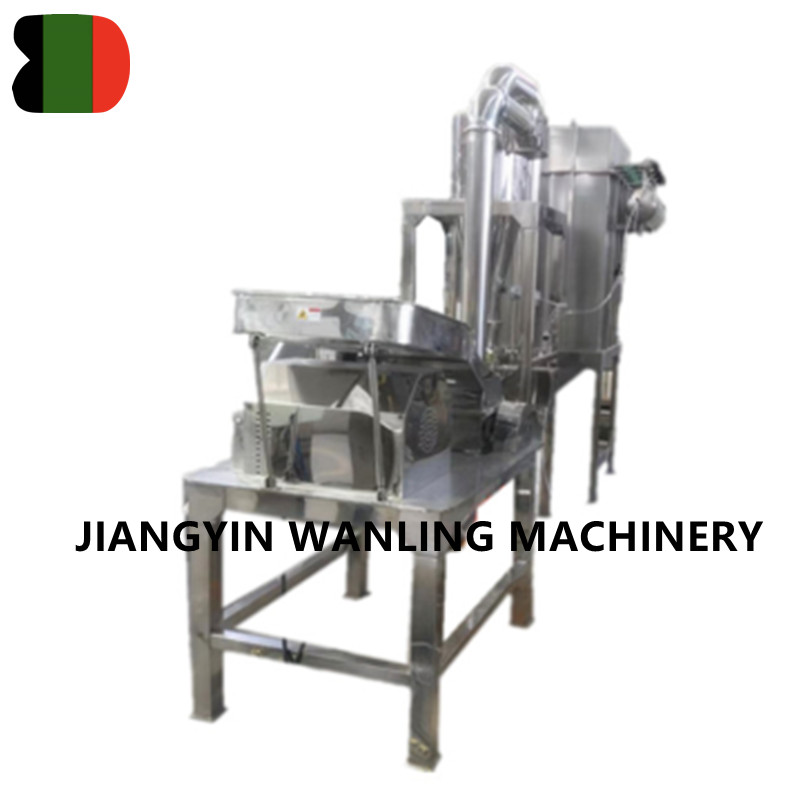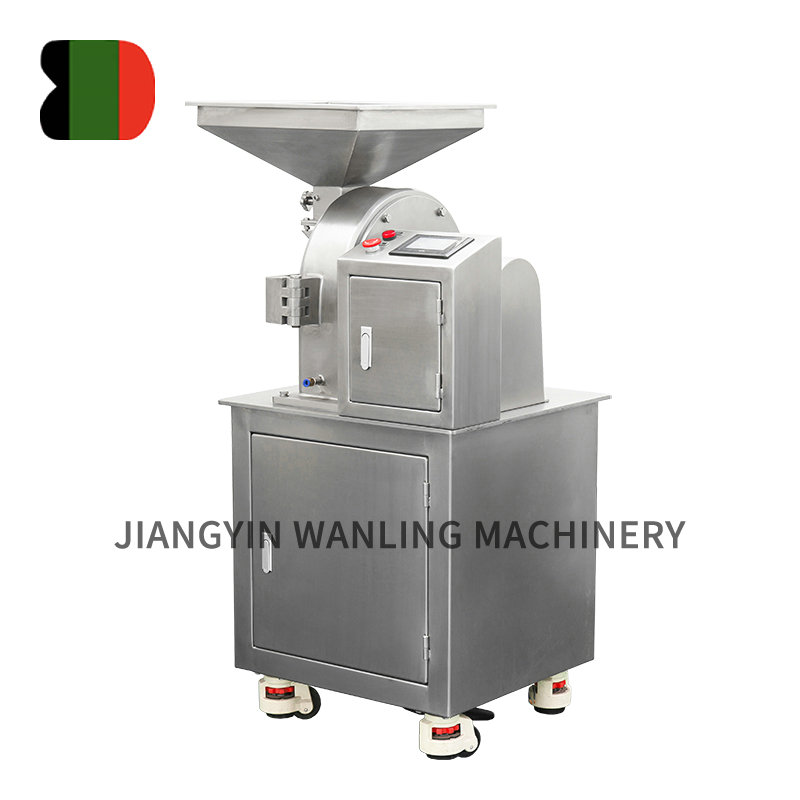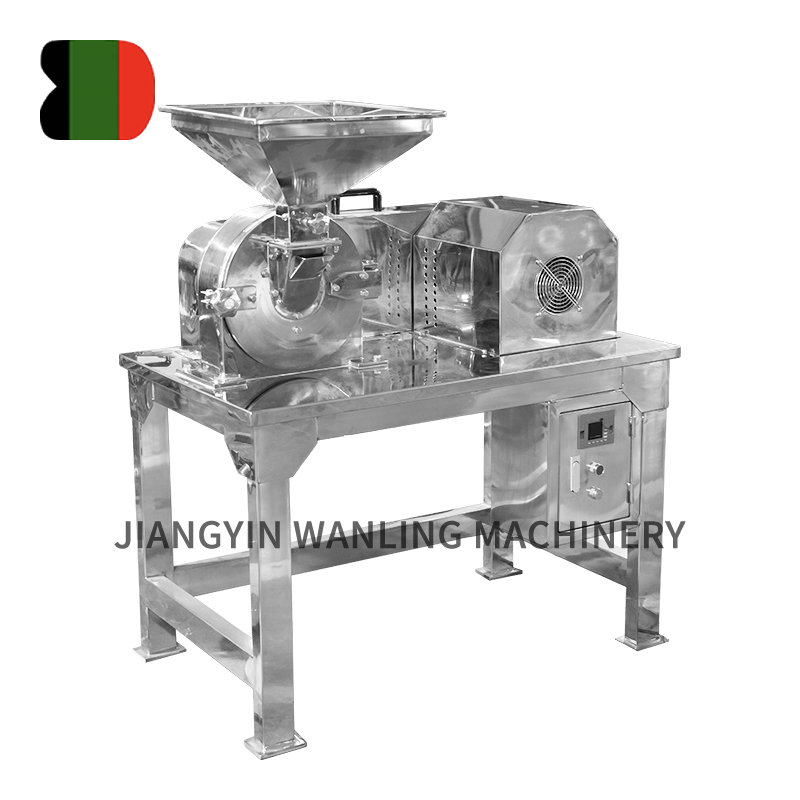In the world of industrial blending, where uniformity is paramount for product quality, the Double Cone Blender stands out for its elegant simplicity, gentle action, and reliable performance. This versatile workhorse excels at homogenizing free-flowing powders, granules, and fragile solids without damaging particles or generating excessive heat. Its unique tumbling action makes it a cornerstone of mixing operations in pharmaceuticals, food processing, chemicals, and cosmetics, particularly for sensitive or high-value materials.
The Principle: Gentle Tumbling by Gravity
Unlike high-shear mixers that rely on blades or impellers, the double cone blender operates on the principle of diffusion blending through tumbling action. Its effectiveness lies in its distinctive geometry and rotational movement:
-
Distinctive Shape: The vessel consists of two conical sections welded at their wide bases, forming a central cylindrical section. This symmetrical, double-pointed shape is key to its function.
-
Axial Rotation: The entire vessel rotates slowly (typically 5-25 RPM) around its horizontal axis. This axis runs through the central cylindrical section, perpendicular to the cones' apexes.
-
Material Movement: As the blender rotates, the material load is lifted by the inner walls. Gravity then causes it to cascade down the sloping surfaces towards the center.
-
Diffusion Mixing: The constant cascading and rolling motion creates a gentle folding and intermingling of particles. Particles move radially from the periphery towards the center and back again, promoting diffusion – the natural movement of particles from areas of higher concentration to lower concentration – as the primary mixing mechanism.
-
Minimal Shear & Heat: The absence of high-speed blades ensures fragile particles (like granules, crystals, or flakes) are not broken down, and heat-sensitive materials are not degraded by friction.
Key Components & Design Features:
-
Vessel (Cone/Cylinder Assembly):
-
Material: Typically stainless steel (304 or 316L) for hygiene and corrosion resistance. Polished internal surfaces (Ra ≤ 0.4 µm common for pharma) minimize adhesion and aid cleaning.
-
Geometry: Cone angles are critical (often 30-45 degrees) to ensure proper material flow and complete discharge. The central cylinder length influences capacity and mixing dynamics.
-
Capacity: Ranges widely from lab-scale (5-50L) to large production units (1000L+).
-
-
Rotation System:
-
Drive Motor: Variable speed drive allows optimization of RPM for different materials and batch sizes.
-
Gearbox/Reducer: Steps down motor speed to the required slow rotational speed while providing necessary torque.
-
Shaft & Bearings: Robust shaft mounted on bearings supports the vessel weight and rotational load. Seals prevent contamination.
-
-
Support Frame: Sturdy structure holds the drive system and supports the vessel trunnions during rotation.
-
Loading/Unloading Ports:
-
Manholes: Sealed openings on the cones for manual charging, inspection, and cleaning.
-
Valved Discharge Port: Located at the bottom apex of one cone. Butterfly valves or slide valves ensure controlled, dust-free, and complete discharge. Discharge may be directly into containers, drums, or downstream processing equipment.
-
-
Optional Features:
-
Intensifier Bar (Chopper/De-lumper): A rotating bar with blades mounted axially inside the vessel. Used sparingly at high speed to break minor agglomerates without significantly increasing shear. Not always present.
-
Spray Nozzles: For adding small liquid binders or coatings during mixing (granulation/coating).
-
Vacuum/Pressure Capability: For inert atmosphere processing or drying applications.
-
CIP/SIP Systems: Clean-in-Place and Steam-in-Place for pharmaceutical and food hygiene.
-
Dust Collection Ports: Connect to dust extraction systems during loading/discharge.
-
Instrumentation Ports: For probes (temperature, moisture, NIR).
-
Safety Interlocks: Prevent operation when doors are open or guards are removed.
-
Advantages of the Double Cone Principle:
-
Gentle Mixing: Ideal for fragile, abrasive, or heat-sensitive materials (pharmaceutical granules, flakes, instant drink powders, seeds, spices).
-
Uniform Blending: Excellent for free-flowing solids with similar densities and particle sizes. Achieves high homogeneity.
-
Minimal Product Degradation: Low shear preserves particle integrity and avoids heat buildup.
-
Efficient Discharge: Conical shape promotes complete, residue-free discharge via gravity.
-
Easy Cleaning: Smooth, uncluttered internal surfaces, often with large access ports. Suitable for CIP/SIP.
-
Scalability: Relatively predictable scale-up from lab to production.
-
Versatility: Handles a wide range of capacities and materials. Can be adapted for light coating or liquid addition.
-
Simplicity & Reliability: Robust mechanical design with fewer moving parts inside the vessel compared to ribbon blenders.
Limitations & Considerations:
-
Segregation Risk: Can struggle with significant differences in particle size, shape, or density (e.g., fine powder mixed with coarse granules), potentially leading to segregation towards the end of discharge or after stopping. Requires optimization of fill level and mixing time.
-
Moist/Poorly Flowing Materials: Sticky, cohesive, or very wet materials may form lumps or adhere to walls instead of cascading freely.
-
Longer Mixing Times: Compared to convective blenders (like ribbon or paddle), diffusion mixing generally takes longer to achieve homogeneity (minutes to hours, depending on the blend).
-
Limited Size Reduction: Not designed for grinding or breaking down large agglomerates (unless an intensifier bar is used judiciously).
-
Fill Level Constraints: Optimal performance typically requires filling 30-60% of the vessel volume. Under-filling reduces mixing efficiency; over-filling prevents the necessary tumbling action.
-
Batch Process: Not continuous.
Critical Applications Across Industries:
-
Pharmaceutical:
-
Blending active pharmaceutical ingredients (APIs) with excipients.
-
Homogenizing granules before compression (tableting).
-
Lubricant blending (e.g., Magnesium Stearate).
-
Coating seeds with actives (limited application).
-
-
Food & Beverage:
-
Mixing dry soup, sauce, gravy, and dessert powders.
-
Blending spices and seasonings.
-
Combining flour, sugar, baking powder, etc.
-
Mixing instant drink powders.
-
-
Chemicals:
-
Blending pigments, dyes, and additives.
-
Mixing catalyst components.
-
Homogenizing fertilizer granules.
-
Blending polymer powders.
-
-
Cosmetics & Personal Care:
-
Mixing talcum powder, face powders.
-
Blending dry shampoo components.
-
Combining pigments for makeup.
-
-
Plastics & Polymers: Blending masterbatches, additives, and regrind.
Key Selection & Operational Factors:
-
Material Characteristics: Flowability, particle size distribution, density differences, fragility, sensitivity to heat/shear, cohesiveness.
-
Required Homogeneity: How critical is blend uniformity? What is the acceptance criteria?
-
Batch Size & Capacity: Match vessel size to production needs, respecting optimal fill level (30-60%).
-
Mixing Time: Determine experimentally for each formulation; influenced by material properties, batch size, and RPM. Often requires validation.
-
Rotational Speed (RPM): Critical parameter. Too slow: insufficient mixing. Too fast: centrifugal force holds material against walls, preventing tumbling ("centrifuging"). Optimal RPM depends on vessel size and material.
-
Construction Material & Finish: Stainless steel grade (304 vs 316L), surface finish (polish Ra value), GMP requirements.
-
Discharge Requirements: Valve type, need for dust containment, connection to downstream equipment.
-
Cleaning & Validation: Need for CIP/SIP, cleanability, documentation for regulated industries (FDA, EMA).
-
Optional Features: Need for intensifier bar, spray system, vacuum, instrumentation.
Maintenance for Longevity & Performance:
-
Regular Lubrication: Bearings, gearbox.
-
Seal Inspection: Prevent leaks (lubricant, product).
-
Bearing Checks: Monitor for wear or noise.
-
Drive System Inspection: Belts, chains, couplings.
-
Vessel Inspection: Check for dents, scratches, or wear on internal surfaces.
-
Valve Maintenance: Ensure discharge valve seals and mechanisms function smoothly.
-
Filter Replacement: On dust collection ports or vent filters.
The Future of Double Cone Blending: Smarter & More Efficient
-
Advanced Process Analytical Technology (PAT): Integration of real-time NIR (Near-Infrared) probes for in-line blend uniformity monitoring and endpoint determination.
-
Model-Based Control & Digital Twins: Using process models and sensor data to optimize mixing time and RPM automatically for each batch.
-
Enhanced Cleaning Validation: Automated CIP monitoring with TOC (Total Organic Carbon) or conductivity sensors.
-
Improved Materials & Coatings: Even smoother, more wear-resistant, and anti-adhesive internal surfaces.
-
Energy Efficiency: Optimized drive systems and variable speed control.
-
Data Integration & IIoT: Connecting blender performance data (motor load, RPM, temperature) to plant control systems for predictive maintenance and OEE tracking.
Conclusion: The Enduring Value of Gentle Tumble Blending
The Double Cone Blender remains a vital and often irreplaceable tool in the powder processing arsenal. Its simple, gravity-driven tumbling action offers a uniquely gentle and effective solution for achieving homogeneity in free-flowing solids where particle integrity is critical. While it may not be the fastest mixer, its reliability, ease of cleaning, scalability, and suitability for sensitive applications ensure its continued prominence, especially in highly regulated industries like pharmaceuticals and food. Understanding its operating principles, advantages, limitations, and optimal operating parameters is key to leveraging its full potential for consistent, high-quality blending. When gentle, diffusion-based mixing of dry solids is required, the double cone blender stands as a proven and dependable technology.



 Español
Español